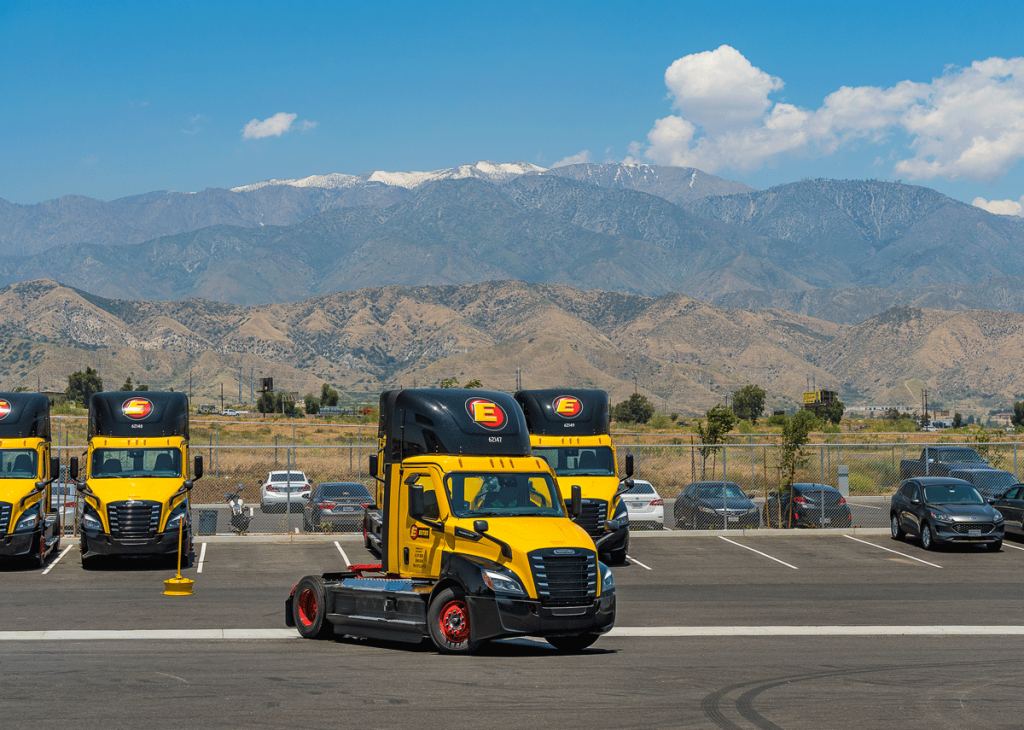
Denodo, the leader in data management, today announced that Estes Express Lines, the largest privately held freight transportation company in North America, has successfully deployed the Denodo Platform to create a data fabric-enabled Logistics Digital Twin to meet their goals of streamlining freight shipping, boosting profits, and creating a simpler and more pleasant experience for its customers, drivers, and internal business users.
Margins in the shipping industry are small and pricing is often based on historical and fairly static pricing models. Due to the significant amounts of data duplication, Estes needed to access all of its internal and cloud-based data sources to deliver real-time data consistency, establish a single source of truth, and modernize their data integration efforts to empower business users and improve operational processes. Utilizing the Denodo Platform, Estes Express Lines’ created a Logistics Digital Twin -- a virtual duplicate of every piece of freight passing through their network. This enables the shipping giant to optimize operations and plan pickups, assign deliveries and driver assignments most efficiently, and provide greater visibility to customers.
Operating a fleet of more than 8,500 tractors and 34,000 trailers, Estes generates roughly 900,000 quotes and 50,000 shipments a day. The Logistics Digital Twin allows the shipping giant to:
- Create a chain of custody: a process that tracks the movement of packages by documenting each person who handled it, the date/time it was collected and/or transferred, and when it was delivered, to provide unprecedented insights.
- Optimize efficiencies and improve margins: by looking at both costing and pricing models to create more efficient and effective quotes and by reducing claims.
- Integrate customer care with operations and sales: to analyze customer scores and perform sentiment analysis to understand trends, adjust offerings, and create a better customer experience.
- Model their facilities and routes: to understand where they can add more shipments to improve profitably, find load imbalances, contract appropriately, and plan for spikes.
- Remove the need for cumbersome data entry: by tying telematics to IoT and data from third parties so information can be leveraged in real-time.
“As this recent Wall Street Journal article points out, Estes is a great example of how organizations can break down data silos by logically integrating data across multiple collection points so all parties can benefit from real-time information and reduce redundancies,” said Ravi Shankar, Senior Vice President and CMO at Denodo. “Truckers don’t sign up to be data-entry clerks and people need to know where their packages are at any given point. Logical data management solutions like the Denodo Platform are quickly solving cumbersome data management and integration issues and are becoming the backbone of how organizations modernize their technology so they can use data to the fullest.”







